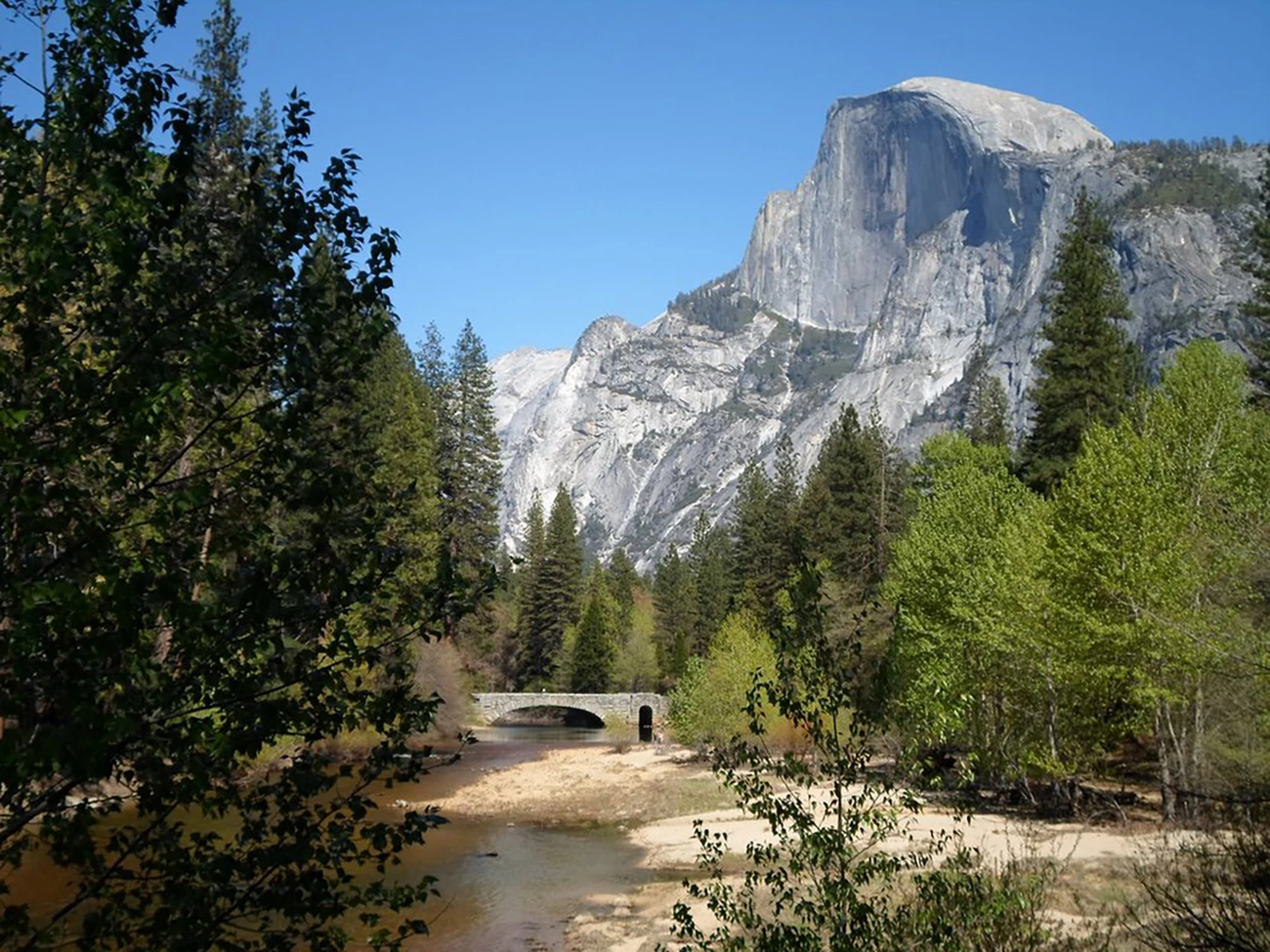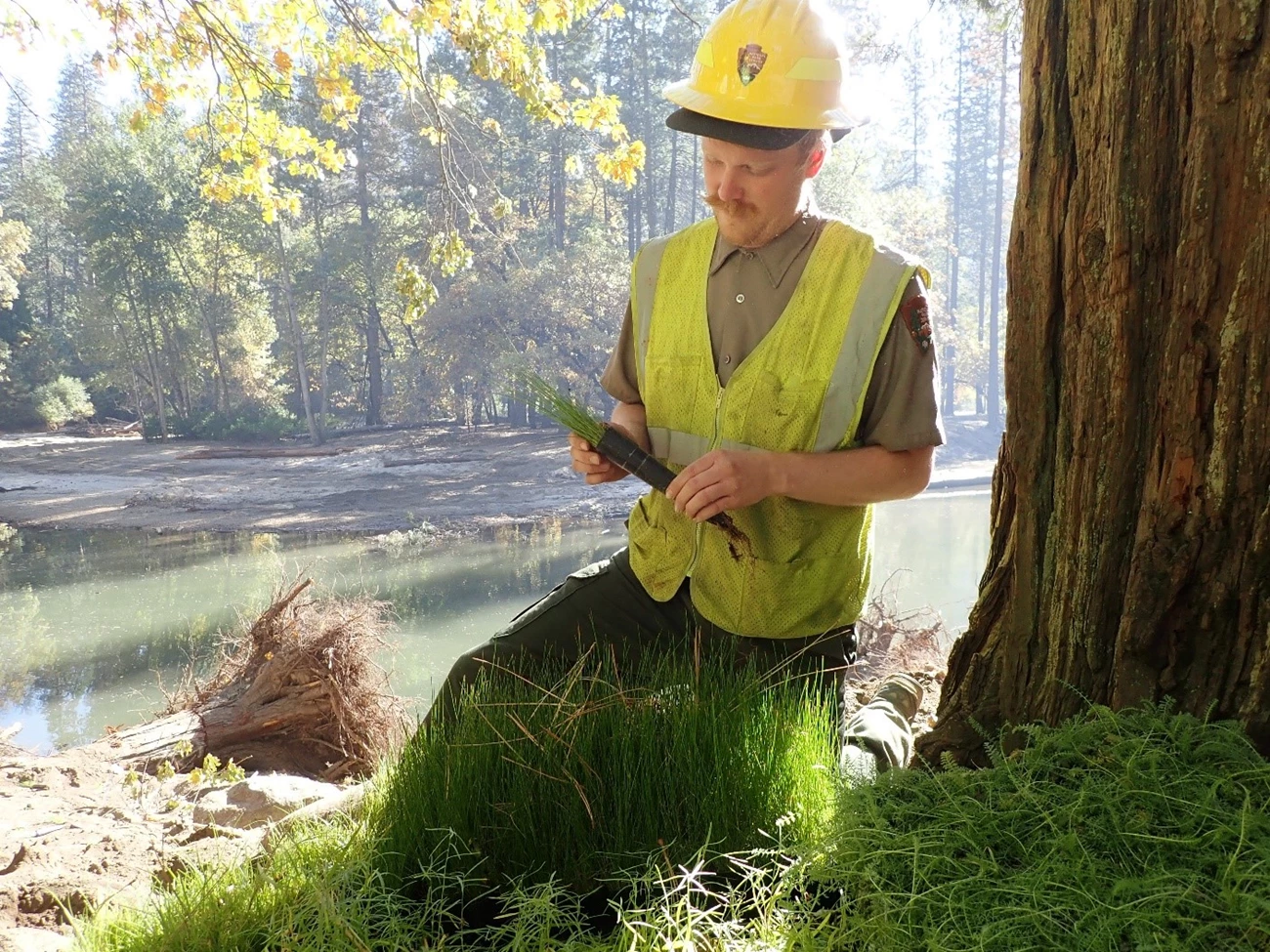
The overarching goal for the Merced River restoration program is the preservation and restoration of the outstanding remarkable values of the Merced River through Yosemite Valley. This program currently consists of restoration projects in Yosemite Valley as well as a recently completed cooperative project between the National Park Service and the University of California Santa Barbara that provides the scientific and engineering information needed to guide both short-term and long-term restoration efforts along the Merced River. BackgroundThe National Wild and Scenic Rivers System was created by Congress in 1968 to preserve certain rivers with outstanding natural, cultural, and recreational values in a free-flowing condition for the enjoyment of present and future generations. The Merced River was added to the National Wild and Scenic Rivers System in 1987 in acknowledgement of the river’s (1) free-flowing condition, (2) water quality, and (3) outstandingly remarkable values. Collectively, these qualities are referred to as river values. The Merced Wild and Scenic River Final Comprehensive Management Plan and Environmental Impact Statement (MRP) addresses the renowned Merced Wild and Scenic River's 81 miles within Yosemite National Park and the El Portal Administrative Site and functions as the guiding document to protect and enhance river values and manage use within the river corridor for the next 20 years. The MRP protects and enhances river values by a series of initial actions to address immediate concerns and a commitment to a monitoring program to ensure that river values remain protected over time. Merced River Restoration StudyThe cooperative project between National Park Service (NPS) and the University of California Santa Barbara was driven by guidance in the Merced River Plan to evaluate the range of impacts to the Merced River through Yosemite Valley, to develop a restoration strategy in collaboration with stakeholders, and to provide specific guidelines and designs to implement restoration. The team was specifically asked to perform further hydrologic impact studies to determine the effects of Sugar Pine Bridge “on the river’s alluvial nature” as called for in the MRP. However, the effects of any single structure on a river can only be understood in its broader watershed context, because conditions well beyond the geographical limits of a single reach will exert profound influence on the river flow and its channel. Thus, the scope of this project extends to the upstream boundaries of the Merced River watershed, with particular attention being paid to the three river miles between Happy Isles Bridge and Sentinel Bridge. This stretch is among the most heavily visited areas of Yosemite National Park, where a variety of natural resources, cultural resources, and human impacts exist. Additional Information Related to Merced River Restoration StudyEcological RestorationEcological restoration addresses the National Park Service (NPS) mission to allow natural processes to prevail, as well as protecting scenery and historic resources; it also addresses the goals of the Wild and Scenic Rivers Act by enhancing river free-flow, water quality and physical and ecological outstandingly remarkable values. Ecological restoration actions in riparian, riverine, and meadow habitats enhance the open, scenic quality which provides a sense of place for reflection and inspiration. 
Restoration GoalsIn addition to the overarching ecological restoration goal, the following are specific restoration goals of the Merced River Plan:
Learn more about ecological restoration projects in the Merced River corridor. |
Last updated: July 2, 2024
